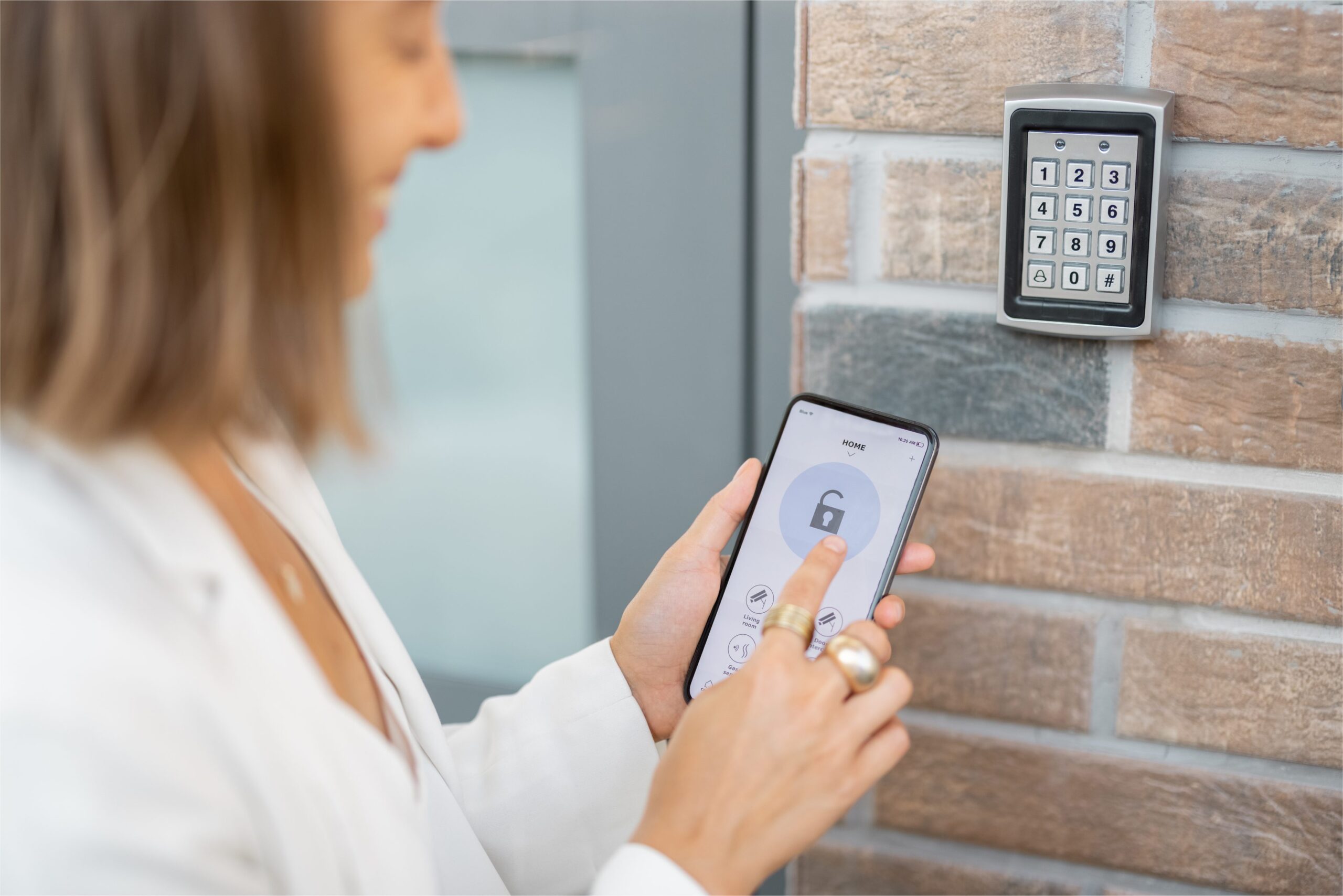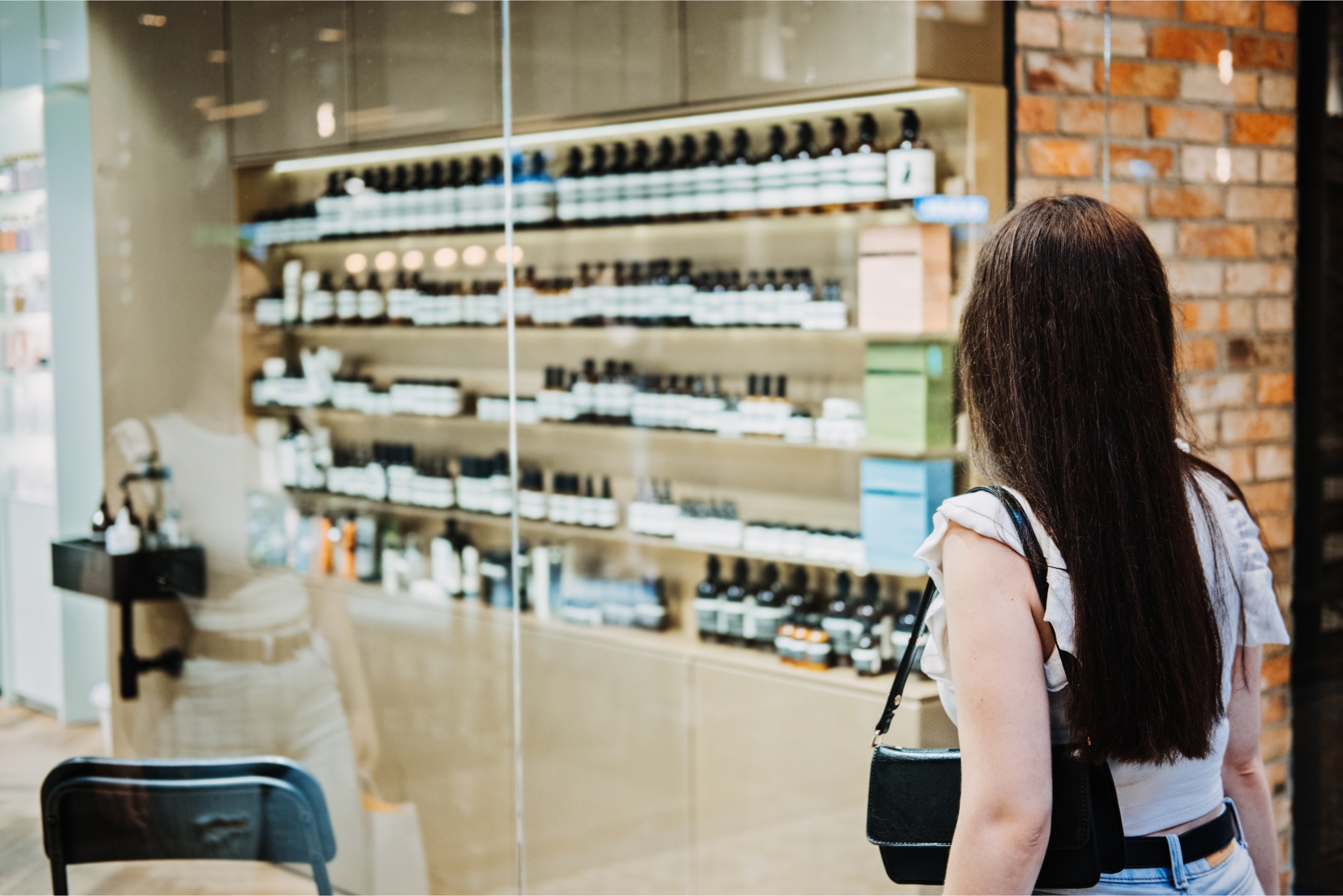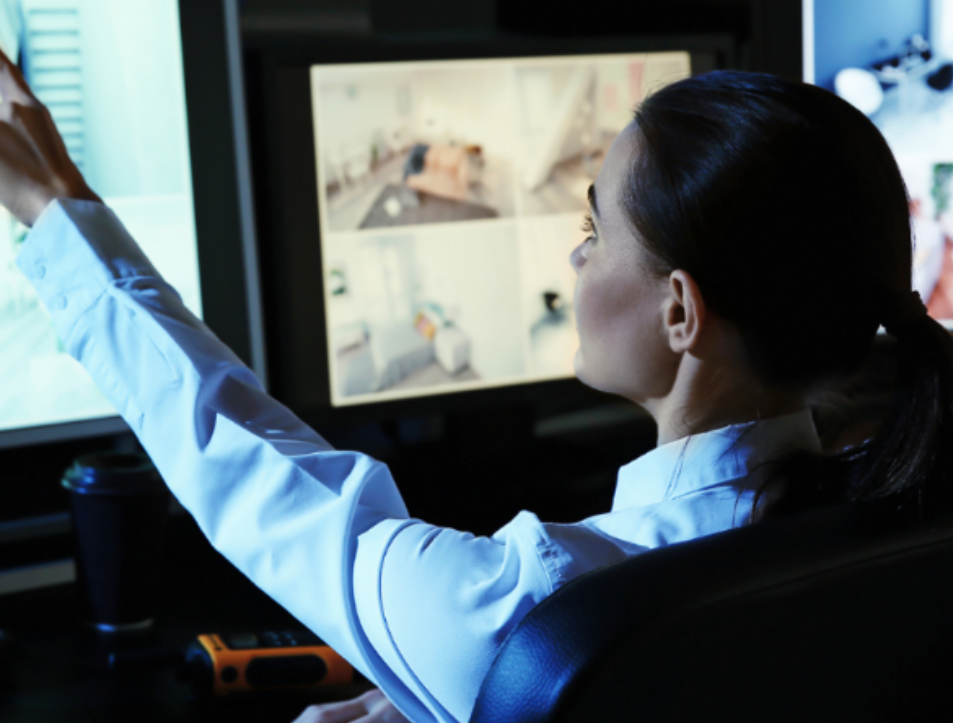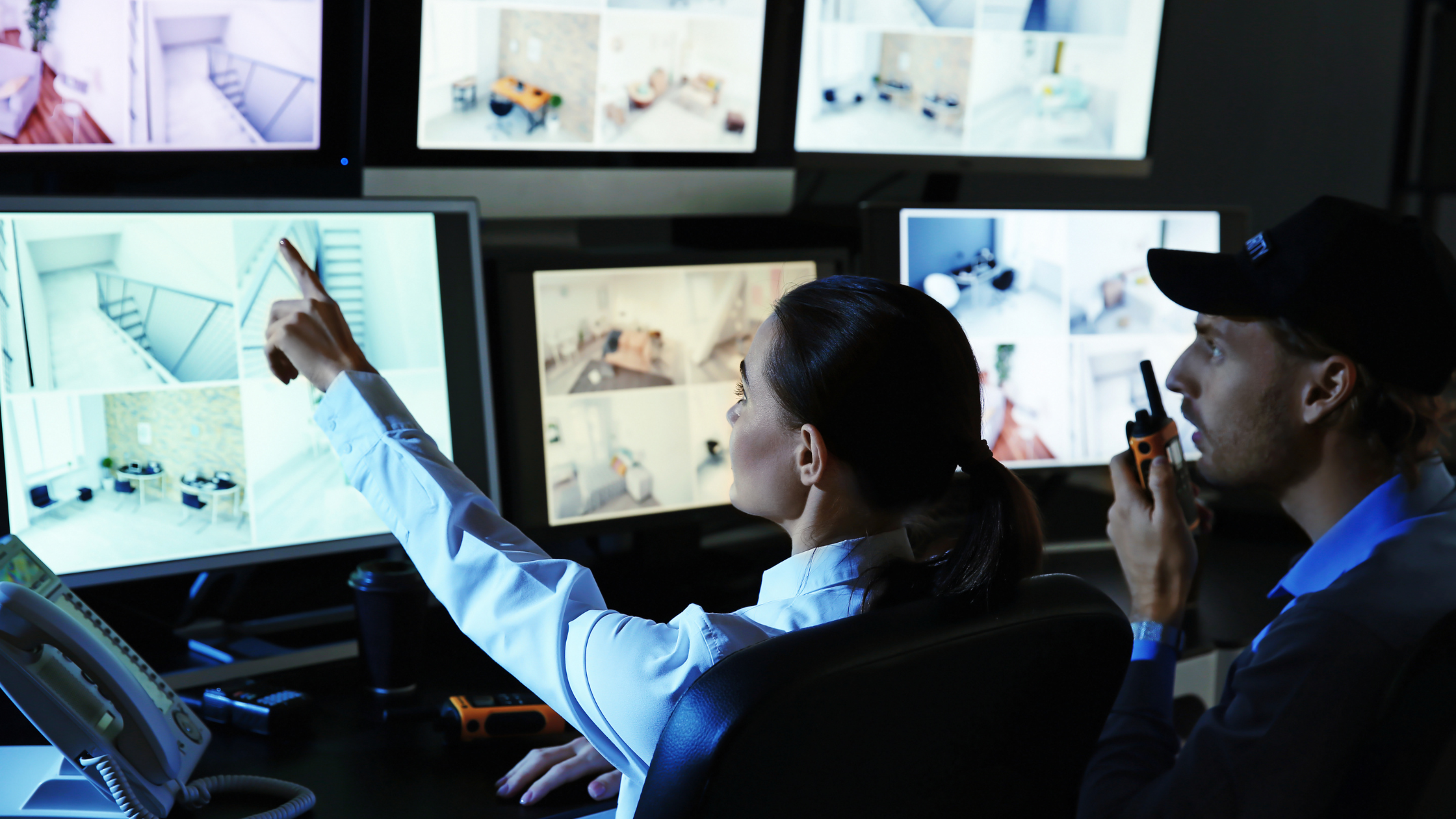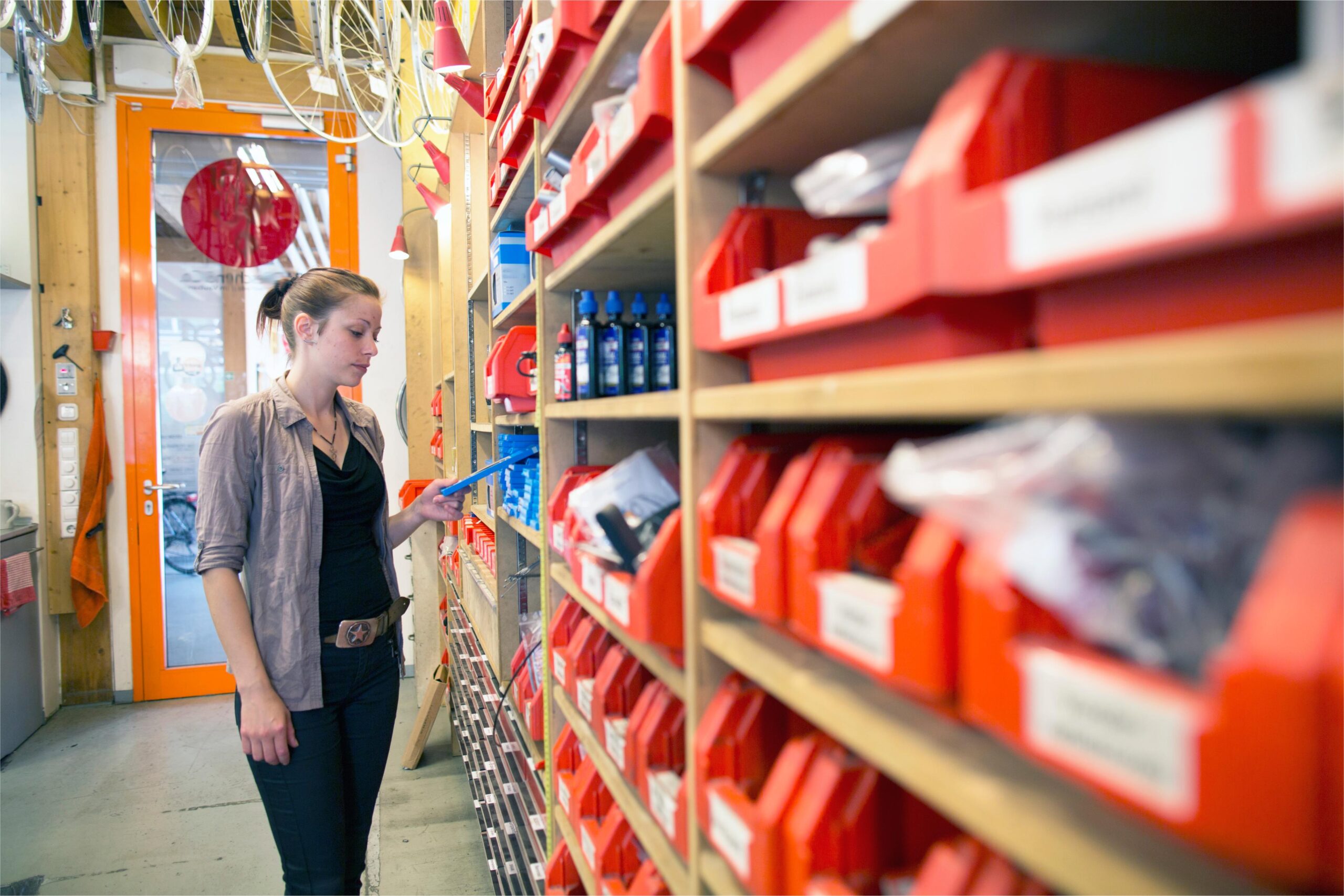Home security has come a long way in recent years, with smart technology making it easier than ever to keep an eye on your property. One of the most popular innovations is the smart doorbell, which combines video surveillance, motion detection, and mobile alerts to enhance home security.
But is it really worth the investment? Here are five reasons why every homeowner should consider installing a smart doorbell.
1. See who’s at your door from anywhere
A smart doorbell lets you check who’s at your front door, whether you’re at home, at work, or on holiday. With a built-in camera and live video feed accessible through a smartphone app, you can see visitors in real time. This is especially useful for avoiding unwanted visitors, monitoring deliveries, or even keeping an eye on the house while you’re away.
2. Deter potential burglars
Burglars often target homes where they believe no one is watching. A smart doorbell acts as a visible deterrent, as many models include motion detection and two-way audio. If someone suspicious approaches your door, you can speak to them through the app, making it seem as though you’re home, even if you’re miles away.
Just the presence of a camera can make criminals think twice before attempting a break-in, after all, they want the easiest pickings possible.
3. Record footage for added security
Many smart doorbells automatically record video when motion is detected, providing valuable evidence in case of suspicious activity or crime. If an incident occurs, you can review footage and share it with the authorities. Unlike traditional security cameras, smart doorbells capture activity right at your front door, where most home intrusions begin.
4. Monitor deliveries and prevent parcel theft
Online shopping is more popular than ever, but so is parcel theft. A smart doorbell lets you know exactly when a delivery arrives and allows you to communicate with the courier, even if you’re not home. You can give instructions on where to leave a package or ask a neighbour to collect it, reducing the risk of stolen parcels.
5. Easy installation and integration with other smart devices
Most smart doorbells are easy to install and work seamlessly with other home security devices, such as smart locks and security cameras. They integrate with voice assistants like Amazon Alexa and Google Assistant, allowing you to check your doorbell feed using voice commands. Whether you live in a house or a flat, a smart doorbell is a simple yet effective upgrade to your home security system.
An added layer of security can’t hurt
A smart doorbell is a small investment that offers big security benefits. From deterring burglars to helping prevent parcel theft, this device provides homeowners with greater control and peace of mind. With remote access, video recording, and easy integration with other smart home features, it’s a practical and effective way to enhance home security. If you’re looking for a simple upgrade that makes a real difference, a smart doorbell is well worth considering. The fact that it offers non-security related benefits and convenience is just more proof that smart doorbells serve a very useful function, and there is no good reason to not have one.
You can learn more about security and how to keep your home or business safe in our blog section.
